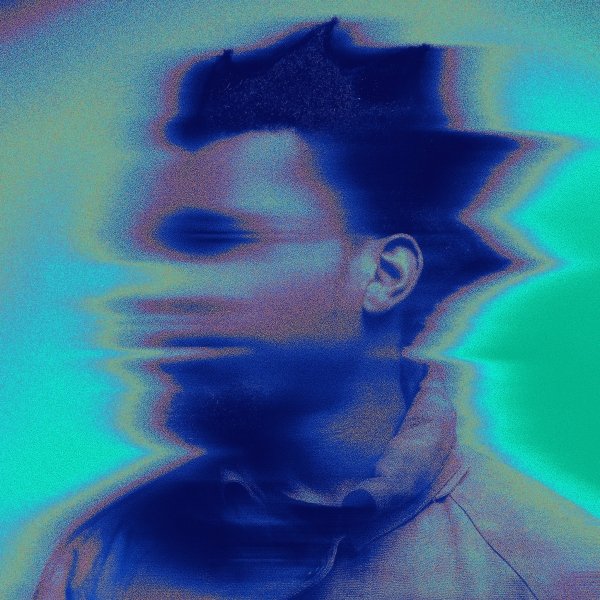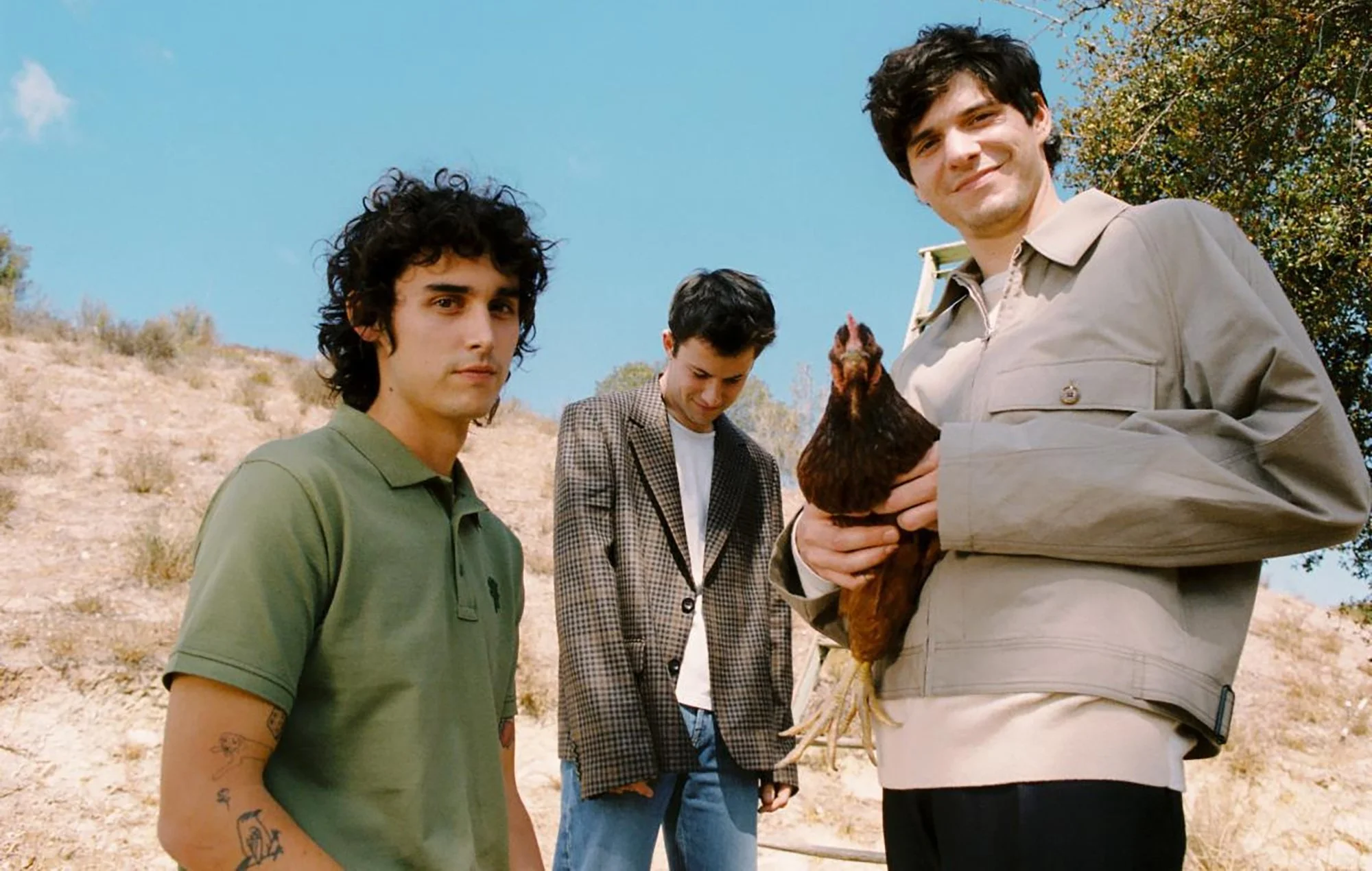1) Denzel Curry, “Melt My Eyez See Your Future” / The fifth LP from this Florida artist nimbly merges the best of impressionistic and immediate hip-hop. In the company of Robert Glasper, T-Pain, Saul Williams and more, Curry creates a record that is experiential and keeps reverberating well after its last strains fade.
2) Wallows, “Tell Me That It’s Over” / On their second record, the L.A. band reminds us that major-label rock—a different animal than it was even 10 years ago—and sonically-clever rock need not be at odds. Wallows delivers all the glide and giant hooks their status might imply, while tinkering at the edges and offering the listener a series of flourishes that distinguish these songs.
3) Ibibio Sound Machine, “Electricity” / London-born Nigerian singer Eno Williams has made this project a phenomenon, a can’t-miss pop force that thrives on rhythmic power and Williams’ dynamite vocals. Teaming up with indie tastemakers Hot Chip, Williams ensures “Electricity” lives up to its name, a wonderful charge of synths and soul.
4) Devin Kelly, “Taking a Break Outside the Trailways Bus From Grandma’s” for Had / Poetry which handles light and its properties, physical and emotional, is my favorite poetry. I was hooked, then, from the opening line of this one by Devin Kelly:
“I don’t know what it is about light & nothing / else.”
The way Kelly moves from there, interweaving light and life and passage and lungs full of cigarette smoke, is both tender and majestic. It’s the sort of poem that’s, on first blush, about very little yet imprints upon your soul with feelings about nearly everything.
5) Mary McCampbell, “Imagining Our Neighbors as Ourselves” / For some time, I’ve held the conviction that sin, in many ways, is a failure of imagination. And that loving our neighbors is the most imaginative act we can perform. But working that out, in my writing and my living, is easier said than done.
Mary McCampbell offers a deeply helpful guide in her new book, which draws a line between art and empathy. Analyzing everything from modern novels to TV shows, everyone from Graham Greene to Paul Thomas Anderson, McCampbell beautifully displays how the imagination art stokes can spin outward into a deeper love and understanding of neighbor.
“As we grow our imaginations, we need stories that can convict us of our own sins of omission or commission, enabling us to see the beautiful, complex world of our neighbors as we look beyond ourselves,” she writes.
The work of loving a character is active, not passive, and presents a model for our real lives, McCampbell illustrates.
“The time we must spend trying to understand the motives, behaviors, and existential reality of these characters is forcefully elongated and slowed down. And this practice helps us see not just these characters but our real-life neighbors with the same amount of patience and curiosity that, hopefully, gives birth to deeper empathy.”
McCampbell’s book is quieter than so many theological tomes, yet—to my mind—ranks among the most needed.
(Disclosure: I received an early reader’s copy of McCampbell’s book as part of its launch team. However, I would never endorse it in detail if I didn’t truly appreciate the work within its pages.)



